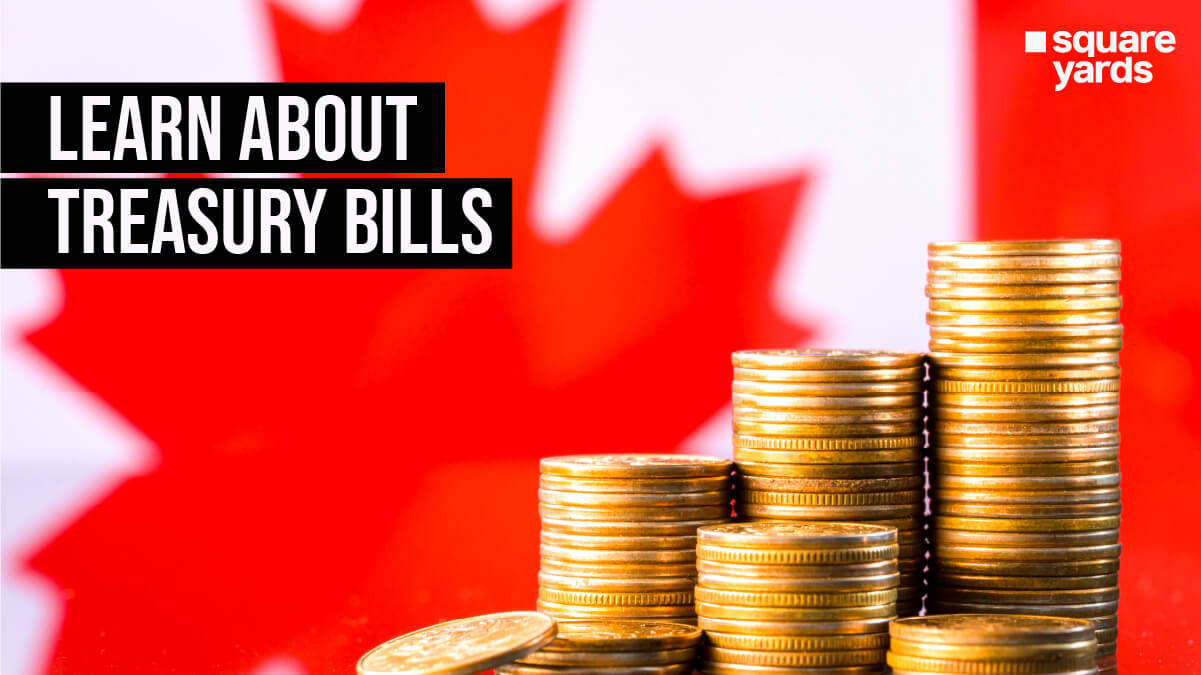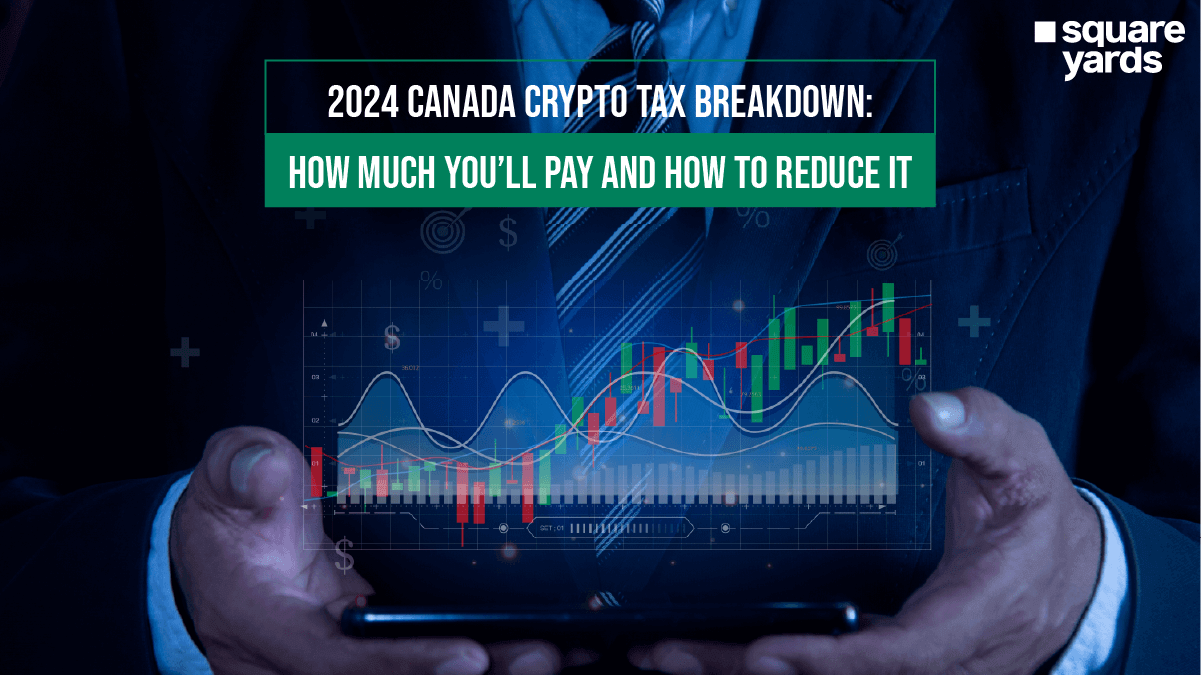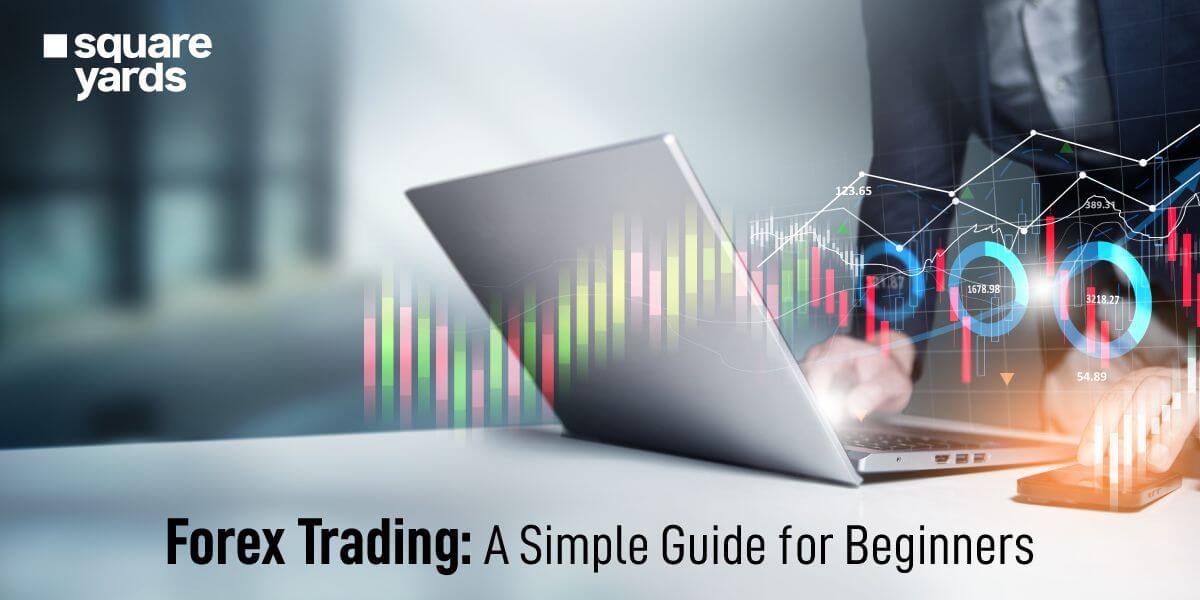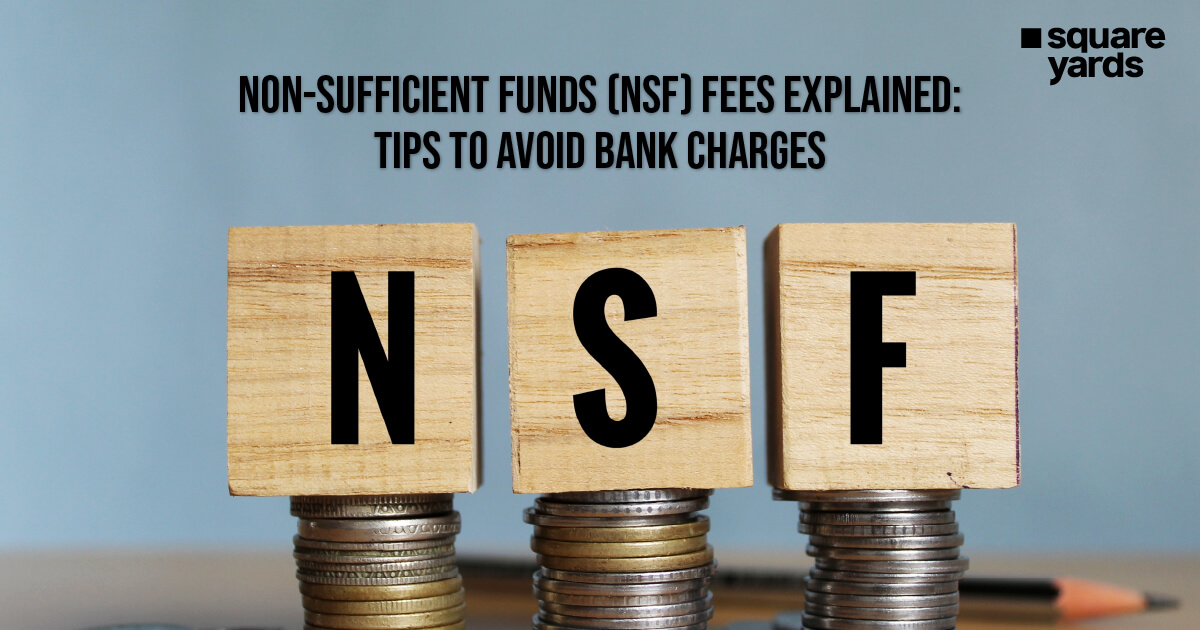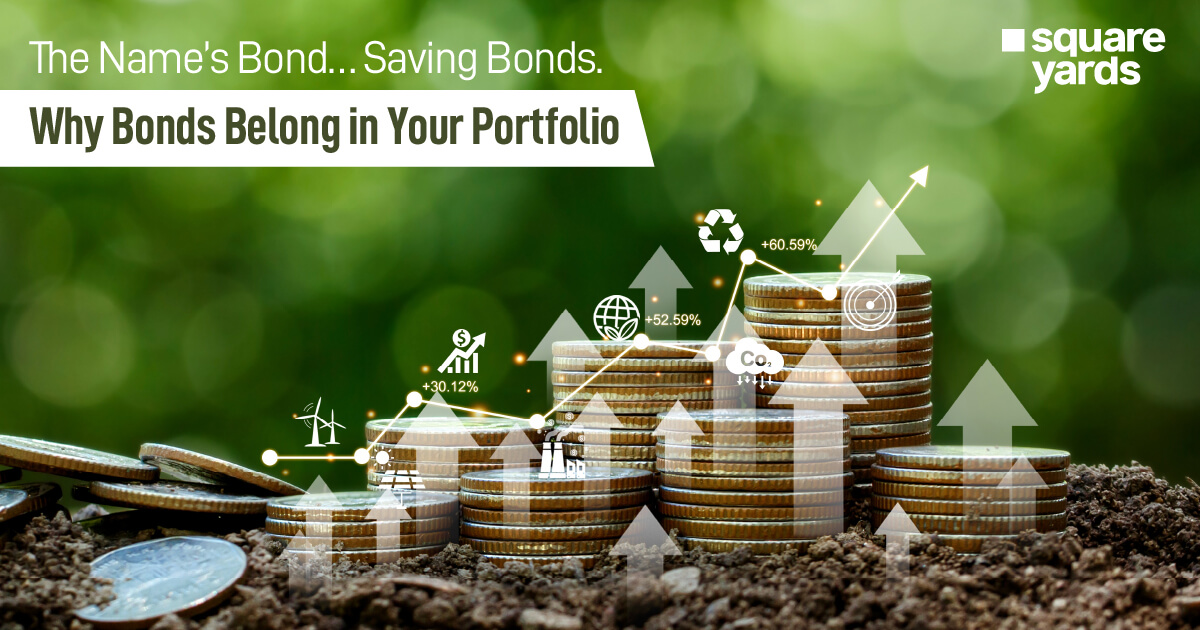Are you looking for investment options in Canada? Look no further—you are in the right place. Canada offers numerous investment opportunities, including exchange-traded funds (ETFs). ETFs are an excellent option for investing in diverse portfolios rather than individual stocks. Many investors prefer HISA ETF Canada, which are often categorised as fixed-income products due to their monthly interest payments. Choosing the right ETF can be challenging, but we’ve got you covered. This blog provides insights into the best ETFs available in 2024, helping you start your investment journey smoothly and make informed decisions.
Top Choices for HISA ETF In Canada for 2024
To purchase an ETF, you need to decide what type of ETF you want to invest in and choose the right one. This part can be challenging, but we have covered it for you. Here are the best ETFs available in 2024 to help you start your investment journey smoothly and make informed decisions.
Evolve HISA ETF
This ETF is the right pick if you are looking for a liquid short-term investment. The Evolve HISA ETF is designed to give investors access to high-interest savings accounts at a lower risk. It pays out distributions monthly, allowing investors to receive consistent income. The Evolve HISA ETF has been available since November 2019. It is a cash asset fund with a 0.15% management fee and a 4.48% annual distribution yield.
Horizons HISA ETF
The Horizons HISA ETF, listed under the ticker symbol “cash,” is a low-risk investment option suitable for registered accounts. Rohit Mehta, the CEO of Horizons HISA ETF, launched this fund in November 2021. It has a management fee of 0.10% and a management expense ratio of 0.11%. Its net assets currently stand at $4,595,721,200 and are traded in Canadian currency. The firm makes monthly distributions with an annual distribution yield of 4.68%.
CI HISA ETF
Consider the CI High-Interest Savings ETF if you’re looking for a lower-risk ETF that generates monthly cash flow. The fund has been available since 2019 and is a favourite among investors who prefer fixed-income ETFs. Its ticker is CSAV, which sets it apart from the other ETFs. The fund’s total net asset value is $8.13 billion, and it currently has a management fee of 0.14%, an MER of 0.16%, and a net yield of 4.75%.
Horizons Cash Maximizer ETF
Horizons Cash Maximizer ETF aims to generate capital by investing primarily in High-Interest Savings Accounts (HISAs) offered by various Canadian financial institutions. The Horizons Cash Maximizer ETF (HSAV) currently does not provide regular distributions and stopped accepting new subscriptions after reaching $2 million in assets. It has a management fee of 0.18% and an MER of 0.20%, offering a gross yield of 5.10%. The fund trades in Canadian dollars, allowing investors to access it through registered or non-registered accounts.
Purpose HISA ETF
If you are looking for something with no hidden fees, lock-up periods, or minimum balances, the Purpose HISA ETF is the right choice. It offers liquidity daily, and its interest is calculated daily but paid monthly. This fund allocates assets to High-Interest Savings Accounts (HISAs) at Schedule 1 banks and Bank of Canada treasury bills. The management fees are 0.15%, with a gross yield of 5.07% and a net yield of 4.91%.
iShares Premium Money Market ETF
The iShares Premium Money Market ETF offers liquidity, income, and capital preservation through high-quality short-term debt securities. This low-risk ETF has a 0.12% management ratio and a 0.14% MER. It has been available since 2008 and is considered a Canadian money market fund with monthly income distribution and annual capital gains distribution.
Comparing HISA and Cash ETFs: What’s the Difference?
As an investor, you should understand the difference between High-Interest Savings ETF Canada and Cash ETFs. These two options have their pros and cons, so it’s important to carefully consider how they align with your financial goals before investing. The following table highlights the difference between the two:
|
High-Interest Savings Accounts |
Cash ETFs |
|
High-Interest Savings Accounts offer higher interest rates. |
Cash ETFs aim to replicate the returns of HISAs and offer higher potential returns. |
|
High-Interest Savings Accounts (HISAs) provide easy access to funds. |
Cash ETFs provide liquidity as they can be bought and sold anytime on the stock market. |
|
HISA returns are lower than other investment accounts and often have fees and minimum balance requirements. |
Cash ETFs do not guarantee returns and can be volatile due to market fluctuations. |
|
High-Interest ETF Canada suits those who prefer to invest safely. |
Cash ETFs are suitable for those willing to take on some risk to maximise their monthly income. |
How to Buy ETFs Through Major Canadian Banks
When considering investing in High-Interest Savings ETFs, it’s important to note that major banks such as RBC, TD, and BMO do not offer all the ETFs listed above. Instead, these banks provide high-interest savings, money market funds, ETFs, or mutual funds. If you decide to invest with any of these banks, you will be limited to their specific investment options. However, you can also buy these ETFs through other major financial institutions like Scotiabank, CIBC, and National Bank or open a brokerage account with an online broker for lower fees.
The following are the steps to buy high-interest savings interests in Canada:
-
- Set Up an Account: To invest in HISA ETFs, you must open an account since investors trade ETFs on stock exchanges. You can choose from various account types, such as:
- Tax-Free Savings Account (TFSA)
- Registered Retirement Savings Plan (RRSP)
- Taxable Investment Account
- Choose the account that fits your financial goal and study the contribution limits for each account. Then, make sure you browse different Canadian brokerage firms that cater to your needs.
- Plan Your Investment Strategy: The High-Interest Savings ETF in Canada is associated with various risks based on its underlying assets, such as stocks or bonds. Allocate your assets according to your investment goals, risk tolerance, and investment timeline. If you have a lower risk appetite, consider allocating your assets to bonds rather than stocks.
- Conduct Thorough Research: Researching will help you shortlist your suitable investment option. Conduct research online to figure out various HISA ETFs. Many ETF providers also offer website tools to help you find appropriate options. Once you have a shortlist, delve deeper:
- Review the ETF Facts Sheet: This document summarises the ETF’s goals, major holdings, fees, past performance, and risk level.
- Read the Prospectus: This detailed document explains how the ETF is managed and lists potential risks.
- Look at Management Reports: Regular updates from the ETF managers can give insights into recent performance and strategic changes.
- Purchase Your ETFs: When you are ready to buy your high-interest ETF, log into your account and search for the ETF by its name. Enter the number of shares you wish to purchase. To get the best price, consider using limit orders to set the maximum price you’re willing to pay. Be mindful of currency exchange fees if you buy ETFs in foreign currencies.
- Maintain Your HISA ETF Portfolio: Once you have purchased your portfolio, you will have to manage your portfolio, which includes
- Adding More Shares: Continue investing according to your asset allocation strategy.
- Rebalancing Your Portfolio: Regularly adjust your holdings to maintain your desired asset mix (e.g., annually, semi-annually).
- Reinvesting Dividends: Use a distribution reinvestment plan (DRIP), if available, to automatically reinvest dividends and grow your investment.
- Set Up an Account: To invest in HISA ETFs, you must open an account since investors trade ETFs on stock exchanges. You can choose from various account types, such as:
Understanding The Risks Associated with HISA ETF Canada
The main risk associated with purchasing funds is a need for more protection. However, fund houses protect funds invested in GICs, HISAs, or other types up to $100,000. This scenario is because the Canada Deposit Insurance Corporates (CDIC) protects the funds for these financial institutions. Unlike HISAs, the institutions do not protect the High-Interest ETFs despite being low-risk and offering good returns. Here are some of the risks associated with HISA ETF Canada:
-
- Interest Rate Risk: Any changes in the interest rate will affect your high-interest ETF. If the interest rate decreases, the return on your ETF may decrease.
- Liquidity Risk: Although HISA ETF Canada is considered liquid, it may have liquidity issues if not traded often. This feature affects your ability to buy or sell your share.
- Credit Risk: Major financial institutions back the HISA ETF Canada. However, there are chances for these banks to fall, which can affect your share.
- Market Risk: Despite being considered low risk, HISA ETFs are subject to market fluctuations. The price of an HISA ETF can be influenced by market supply and demand trends.
- Inflation Risk: The return on HISA ETF might not keep up with the inflation, decreasing your purchasing power.
Which Canadian HISA ETF Offers the Highest Returns?
The Horizons Cash Maximizer ETF offers higher yields than the other high-yielding ETFs we have discussed. However, this ETF does not provide consistent monthly income like other HISA ETFs. Horizons also offers another ETF named Horizons High-Interest Savings ETF, which has the largest market share in the HISA ETF market.
Guaranteed Investment Certificates (GICs)
GICs are low-risk investments with a guaranteed return over a fixed period issued by financial institutions. CDIC protects the GICs and is commonly used to preserve capital. However, investing in GICs has its drawbacks. The funds are locked in, and accessing them will result in a penalty. Moreover, you can only access your returns at the end of the term. It’s important to note that GIC rates are generally lower than other types of investments. When you invest in a GIC, your interest rate remains the same even if higher rates become available, potentially leading to you earning lesser interest than the inflation rate. Fund houses base the interest payment structure for GICs on the type and term. Investors can pay monthly or annually and choose from different ETF asset classes.
-
- Cashable GICs
- Non-Cashable GICs
- Market Growth GICs
- Escalator GICs
- Fixed Rate GICs
- Variable Rate GICs
A Closer Look at High-Interest Savings Accounts (HISAs)
High-Interest Savings Accounts (HISAs) are suitable for short-term Canadian investors. They offer higher interest rates without locking in funds but provide low returns for long-term savings. High-Interest Savings Accounts, like GICs, are protected up to $100,000 by the CDIC. Fund managers base the interest on your high-interest savings account (HISA), your account balance, and the agreed-upon interest rate. The interest is calculated daily and paid out monthly on the entire balance. Ensure you find the best rate available by doing your research.
Reviewing Canada’s Best Morningstar-Rated ETFs
Morningstar researches various securities, including ETFs, and offers investment recommendations. As per their research, the best ETF to invest in Canada is the Vanguard S&P 500 ETF. This feature has earned the Morningstar Gold Medalist rating. This fund tracks the performance of a US equity index measuring the investment return from large-cap US stocks. It directly invests in US stocks, has a management fee of 0.8%, MER of 0.9%, and a quarterly distribution frequency. This ETF is for high-risk investors, unlike HISA ETFs. It’s crucial to research and make informed decisions when investing.
Concluding Remarks on HISA ETF Canada
When investing in Canada, your investment choice depends on your circumstances and long-term or short-term plans for the funds. Short-term investments like GICs and HISAs are ideal for earning a small return while having your funds put away for the short term. When investing long-term in registered accounts, consider ETFs and other securities. HISA ETFs can be for short-term or long-term investments, but fund managers don’t guarantee returns like GICs or HISAs. They also have lower returns than higher-risk investments, and their value fluctuates daily. Deciding where to invest can take time and effort. If you need more clarification, consider consulting a financial advisor. They can help define your goals, align with your investment objectives, and develop a strategy, including identifying the best liquid assets.
You May Also Read :
|
Know The ESG Investing in Canada |
|
|
Guide To Green Investment in Canada |
|
|
Explore Guaranteed Investment Certificate Canada |
|
|
Factors of IRS Audit Triggers |
Frequently Asked Questions (FAQs)
What is the best high-interest savings ETF in Canada?
Deciding on the best HISA ETF in Canada depends on your financial goals, risk appetite, and investment objectives. Some of the top choices include the Evolve HISA ETF, Horizons HISA ETF, and CI HISA ETF.
What is the best ETF to invest in 2024?
Choosing the best ETF to invest in 2024 involves various factors, such as your investment objectives, financial goals, and risk tolerance. Considering all these factors, you can choose what suits you best. Some best choices include Horizons Cash Maximizer ETF and Vanguard S&P 500 ETF.
How safe is HISA ETF?
The CDIC protects HISA ETFs up to $100,00, so you don’t lose your funds in case of bank failure.


